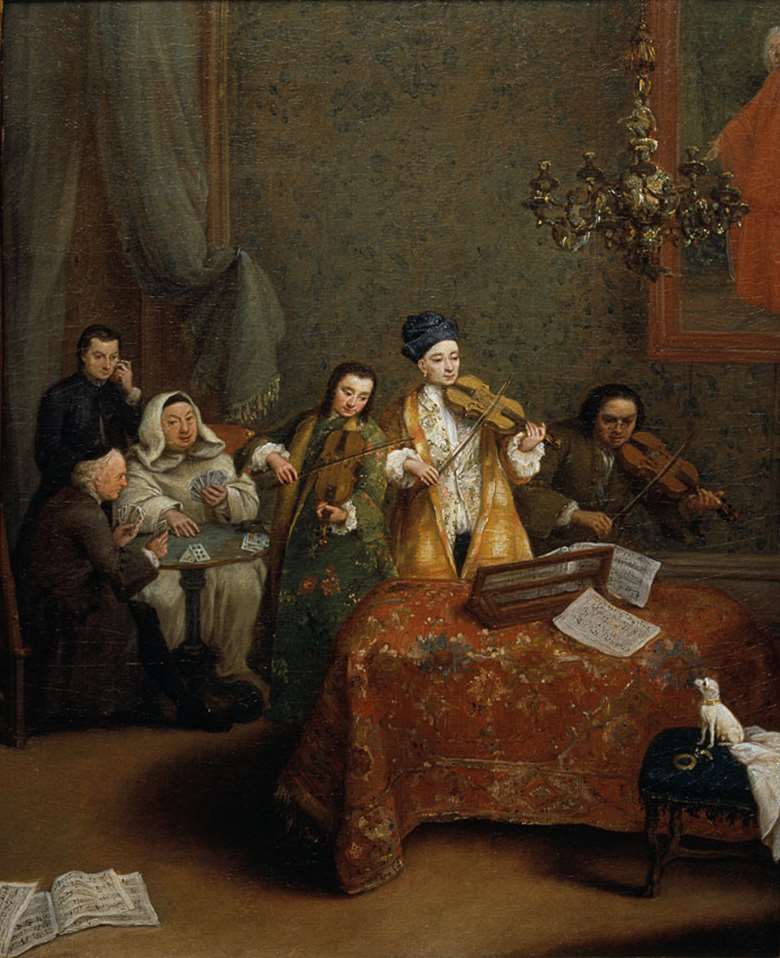What is a Divertimento?
David Threasher
Wednesday, September 5, 2018
David Threasher charts the evolution of the form, from light entertainment to irony

Register now to continue reading
Thanks for exploring the Gramophone website. Sign up for a free account today to enjoy the following benefits:
- Free access to 3 subscriber-only articles per month
- Unlimited access to our news, podcasts and awards pages
- Free weekly email newsletter








